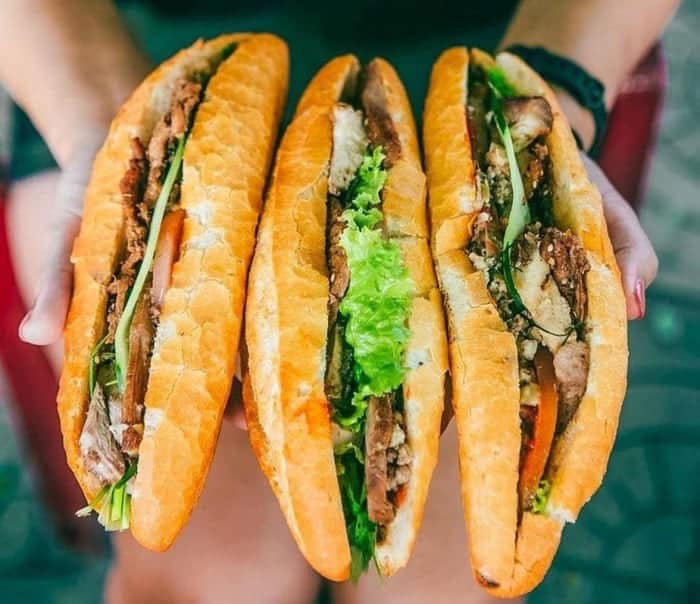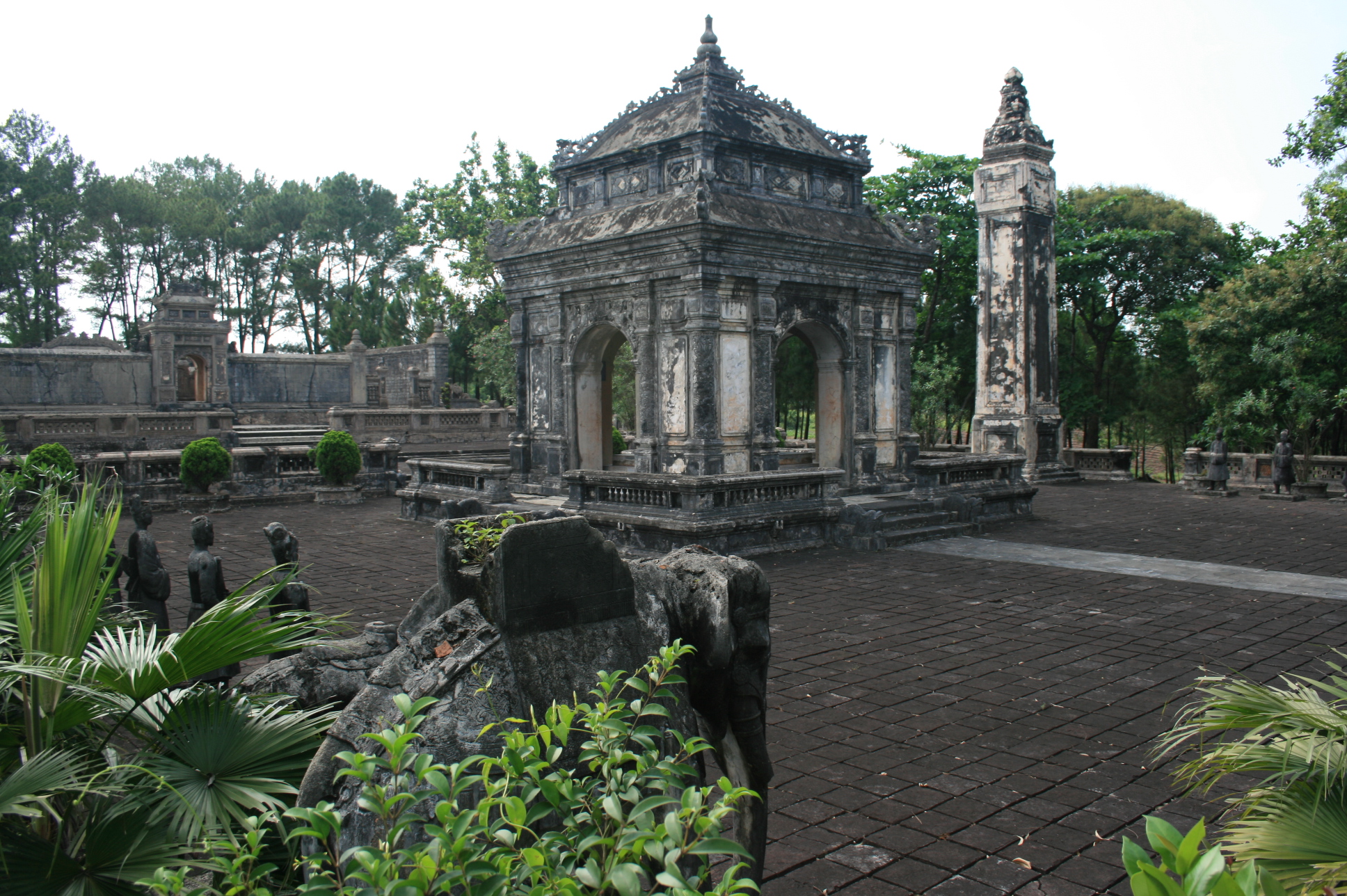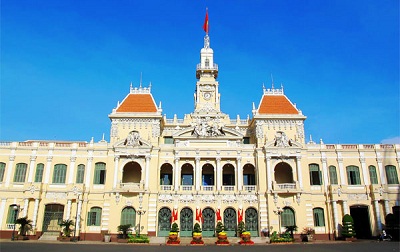- Vietnam Culture
- Vietnam – a perfect country
- The tranquil beauty of Pho
- Geology Museum on Ha Long
- Ha Noi gets the best
- Len Dong: an ancient shaman
- 100 Essential Vietnamese Words for
- Vietnamese Writing
- Vietnamese Langguage
- OX racing festival
- Vietnam National Day
- Vietnam New Year – The
- Perfume Pagoda festival
- Mid-Autumn Festival in Vietnam
- Hung king festival
- Vietnamese Ca tru
- Vietnamese Kites — History and
- Vietnamese Lanterns — What They
- Vietnamese Embroidery
- Vietnam is a culturally diverse
As one of the classic art forms of imperial China, Beijing Opera is a staple of cultural tradition in the modern era. Reflecting the opulence and dramatic storytelling from as far back as the mid Qing Dynasty (late 18th century), the actors and actresses keep the history of China alive with their vivid costumes and lilting voices.
What Is Beijing Opera?
Beijing Opera is a synthesis of stylized action, singing, dialogue, mime, acrobatic fighting and dancing to represent a story or depict different characters and their feelings of gladness, anger, sorrow, happiness, surprise, fear and sadness. The characters may be loyal or treacherous, beautiful or ugly, good or bad. Their images are always vividly manifested in bright costumes that show the styles of ancient China.
Four Main Characters
There are currently four main role categories in Beijing Opera. They are Sheng (生) – Male Role, Dan (旦) – Female Role, Jing (净) – Painted Face Male and Chou (丑) – The Comedy Role.
Any role in these categories or sub-categories can be the leading role in a play. Except the second category – Dan (旦), the other three categories are for male characters.
The Repertoire of Beijing Opera
Beautiful costume of Beijing Opera A beautiful Beijing opera costume
The traditional operas consist of mainly tales of preceding dynasties, important historical events, emperors and empresses, ministers and generals, geniuses and great beauties. They represent stories from the ancient times to Yao, Shun, Yu, the Spring and Autumn Period, the Warring States Period and the dynasties of Qin, Han, Sui, Tang, Song, Yuan, Ming, Qing.
Some of the newer operas were adopted from literature and classical novels during the rise of communism. These are all very well known among the public but may not be an accurate account of history, as with art styles around the world.
Some of the popular Stories during the history are:
Orphan of Zhao Family
Fifteen Strings of Coppers
The Ruse of Empty City
Story of the White Snake
The Drunken Concubine
Unicorn-Trapping Purse
The Music of Beijing Opera
The melodies have harmonious rhythms and are described as graceful and pleasing to the ears. The melody may be classified into two groups: “Xipi” and “erhong.”
The performance is accompanied by a tune played on wind instruments, percussion instruments, and stringed instruments. The chief musical instruments being jinghu (a two-stringed bowed instrument with a high register), yueqin (a four-stringed plucked instrument with a full-moon-shaped sound box), Sanxian (a three-stringed plucked instrument), Suona horn, flute drum, big-gong, cymbals, small-gong, etc.
The Costumes in Beijing Opera
Often the most recognizable feature of Beijing Opera, the costumes are graceful, elegant, and brilliant in color and design. They are mostly made using hand sewing and embroidery. As the traditional Chinese patterns are adopted, the costumes are of a high aesthetic value.
Beijing Opera
Facial Make-up in Beijing Opera
Make-up and sometimes masks are very important to the aesthetic of Beijing Opera. The colors are rich and depict different characters using symbolism of color. Black will often represent intelligent characters, while white indicate wickedness.
Beijing Opera Stage Set-up














